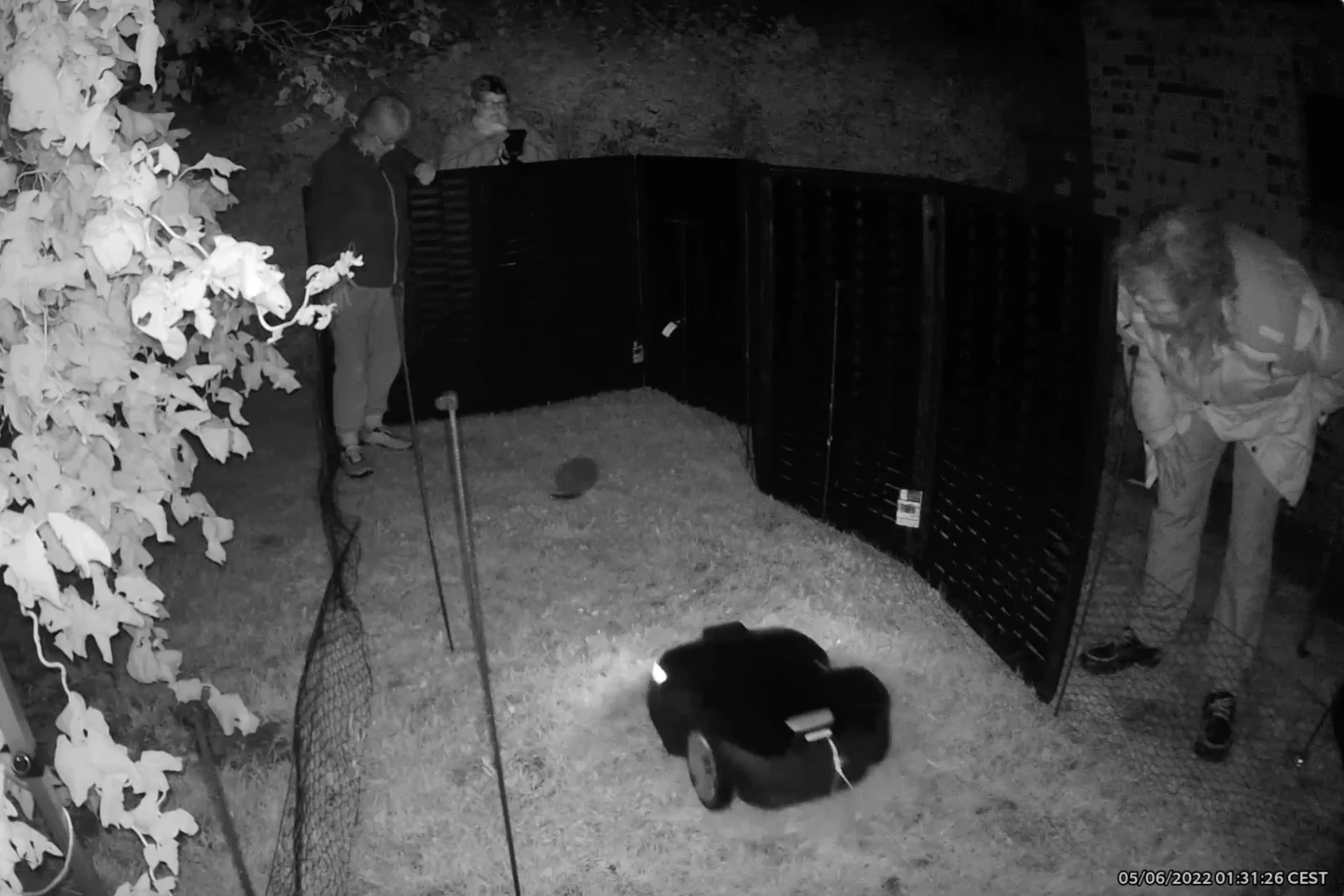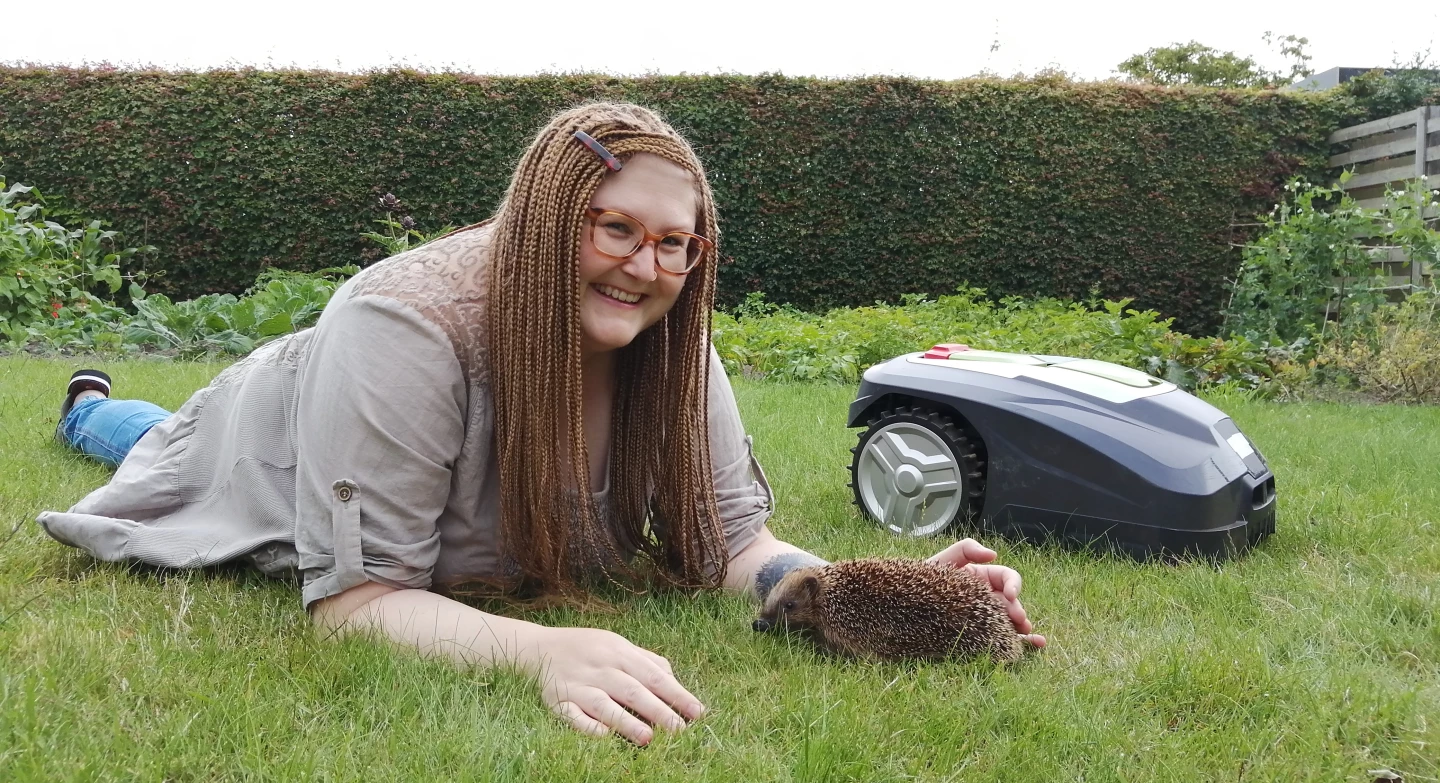It's a sad and gruesome fact that robotic lawnmowers sometimes run over hedgehogs, maiming and even killing them. That's why scientists have recently developed a rubber hedgehog stand-in, for safety-testing such mowers.
Traditional lawnmowers don't pose much of a threat to hedgehogs, as their human users will typically see the animals well before reaching them. Additionally, whereas regular lawnmowers are almost always used during daylight hours, robotic mowers are sometimes set to do their work at night, when hedgehogs are most active.
And even though robo-mowers are usually equipped with obstacle-avoidance systems, the University of Oxford's Dr. Sophie Lund Rasmussen and colleagues found that the technology doesn't always keep accidents from occurring.
In tests performed on the carcasses of hedgehogs that passed away at wildlife rehabilitation centers, it was observed that while some mowers would nudge the body then change direction, others would run right over it with their blades whirling. This finding falls in line with reports from the rehabilitation centers, which have noted a marked increase in hedgehog injuries caused by robotic lawnmowers.
That's where the hedgehog "crash test dummy" is intended to come in. Rasmussen is hoping that it could be utilized in standardized official testing for all robo-mowers sold in the European market, allowing conscientious consumers to choose hedgehog-friendly certified models.

In order to determine what that testing would entail, the scientists observed the behavior of 50 separate hedgehogs which were placed in an enclosure along with a robo-mower that had its blades removed. The animals tended to either run away from the mower, stand rigidly in front of it while partially curled up, or even inquisitively sniff at it. These three responses were mirrored in three key positions at which the dummy should be placed for optimum testing.

So, what changes might need to be made to the mowers, in order for them to pass the test?
"A key first step is to improve the sensors, so that they detect the hedgehogs and avoid them," said Rasmussen. "Developing additional technologies such as camera recognition could eventually allow the robotic lawn mowers to detect hedgehogs at a distance and change direction before they get close. It is also important that the blades of the mowers are pivoting, so that they fold away under a protective surface when hitting something harder than grass."
A paper on the research, which also involved scientists from Denmark and Germany, was recently published in the journal Animals.
Source: University of Oxford






